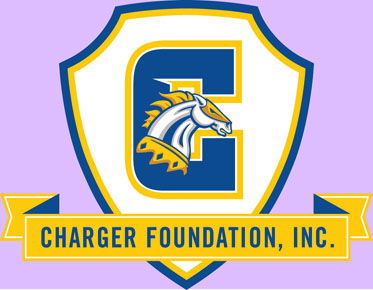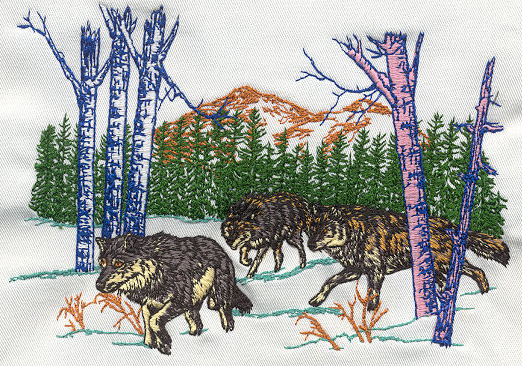From Sketch to Digital: The Art of Vector Art Conversion in Fashion Design
Fashion design is a dynamic and ever-evolving field that thrives on creativity and innovation. In the digital age, the transition from hand-drawn sketches to digital designs has become integral to the fashion design process. One of the key techniques facilitating this transition is vector art conversion. In this blog, we'll delve into the world of vector art conversion in fashion design, exploring the benefits, techniques, and transformative power it brings to the creative process.
1. The Evolution of Fashion
Design
Tradition Meets Technology:
Fashion design has a rich history rooted in
traditional artistic methods. Hand-drawn sketches on paper have long been the
starting point for designers to conceptualize their ideas. However, as
technology has advanced, fashion design has embraced digital tools to enhance
the creative workflow.
Digital Transformation:
The integration of digital tools, including vector art conversion, has transformed the way designers bring their visions to life. It not only streamlines the design process but also opens up new possibilities for precision, scalability, and collaboration.
2. Understanding Vector Art
Conversion
Vector Graphics vs. Raster Images:
Vector graphics, unlike raster images, are based on mathematical equations rather than
pixels. This fundamental difference allows vector images to be infinitely
scalable without losing quality. Vector art conversion involves converting
hand-drawn or raster-based sketches into vector format.
Precision and Scalability:
The primary advantage of vector art lies in its precision and scalability. When a hand-drawn sketch is converted to vector format, designers gain the ability to resize and manipulate the image without sacrificing clarity or detail. This is particularly crucial in the world of fashion design, where precision is paramount.
3. Benefits of Vector Art
Conversion in Fashion Design
Versatility in Design Elements:
Vector art conversion allows designers to
create versatile design elements. From intricate patterns to detailed textures,
the vector format accommodates a wide range of
design intricacies, enabling designers to experiment with different elements of
their creations.
Efficient Iterations:
In the fast-paced world of fashion, efficiency is key. Vector art conversion facilitates quick iterations and modifications to designs. Designers can experiment with different color schemes, shapes, and proportions seamlessly, ensuring a swift and dynamic design process.
4. Techniques for Vector Art
Conversion
Digitization Tools:
Various digitization tools and software are
designed specifically for vector art conversion. Adobe Illustrator is a popular
choice among fashion designers for its robust vector editing capabilities.
Designers can use tools like the Pen Tool to trace and convert sketches into
precise vector outlines.
Hand-Drawn to Digital Tablet Conversion:
For designers who prefer the tactile experience of hand drawing, digital tablets offer a bridge between traditional and digital methods. Sketches created on a digital tablet can be directly converted into vectors, preserving the organic and handcrafted feel of the original design.
5. Incorporating Textures and
Patterns
Texture Mapping Techniques:
Vector art conversion allows designers to
incorporate intricate textures seamlessly. Techniques such as texture mapping
enable the transfer of hand-drawn textures onto digital designs, preserving the
authenticity of the original sketch.
Pattern Creation and Manipulation:
Designers can create and manipulate patterns with ease in the vector format. Whether it's intricate floral patterns, geometric shapes, or abstract designs, vectors provide a canvas for experimenting with different patterns and arrangements.
6. Collaborative Design Process
Sharing and Collaboration:
Vector files are easily shareable and
compatible across different design platforms. This enhances collaboration among
designers, allowing them to share their work seamlessly. Collaborative design
processes become more efficient as designers can work on the same vector file
simultaneously.
Feedback and Revisions:
Collaboration extends to receiving feedback and making revisions in real time. Designers can make adjustments based on feedback from team members, clients, or collaborators, ensuring that the final design meets the collective vision.
7. Maintaining Brand Consistency
Consistent Brand Elements:
For fashion brands, maintaining consistency
across designs is crucial for brand identity. Vector art conversion ensures
that brand elements, such as logos and signature patterns, remain consistent in
terms of color, scale, and proportions across various designs.
Scalability for Merchandising:
Fashion brands often extend their designs to various merchandise, from apparel to accessories. Vector art's scalability ensures that designs can be applied seamlessly to different merchandise without losing quality or cohesion.
8. Challenges and Considerations
Complexity of Designs:
While vector art conversion offers immense
benefits, complex designs with intricate details can pose challenges. Designers
may need to strike a balance between preserving detail and simplifying elements
for optimal vector conversion.
Learning Curve:
Adopting vector art conversion techniques may involve a learning curve for designers who are new to digital tools. Training and familiarity with software like Adobe Illustrator are essential for harnessing the full potential of vector art in fashion design.
Conclusion: Elevating Fashion
Design with Vectors
Vector art
conversion stands at the intersection of tradition and technology, offering
fashion designers a powerful tool to elevate their creative process. From
preserving hand-drawn authenticity to fostering efficient collaboration,
vectors play a pivotal role in shaping the future of fashion design. As the
industry continues to embrace digital transformation, the artful integration of
vector art conversion ensures that the spirit of creativity remains vibrant and
dynamic in every stitch, pattern, and silhouette. Fashion designers, armed with
the precision of vectors, are empowered to turn their sketches into digital
masterpieces that captivate and inspire in the ever-evolving world of fashion.



